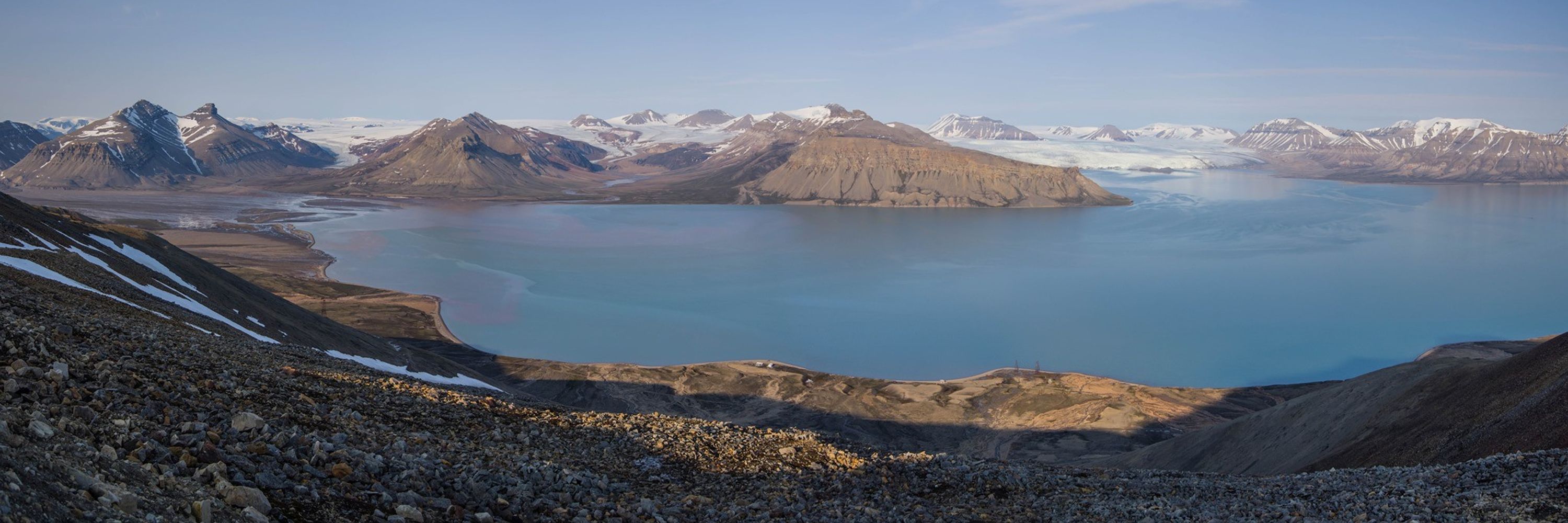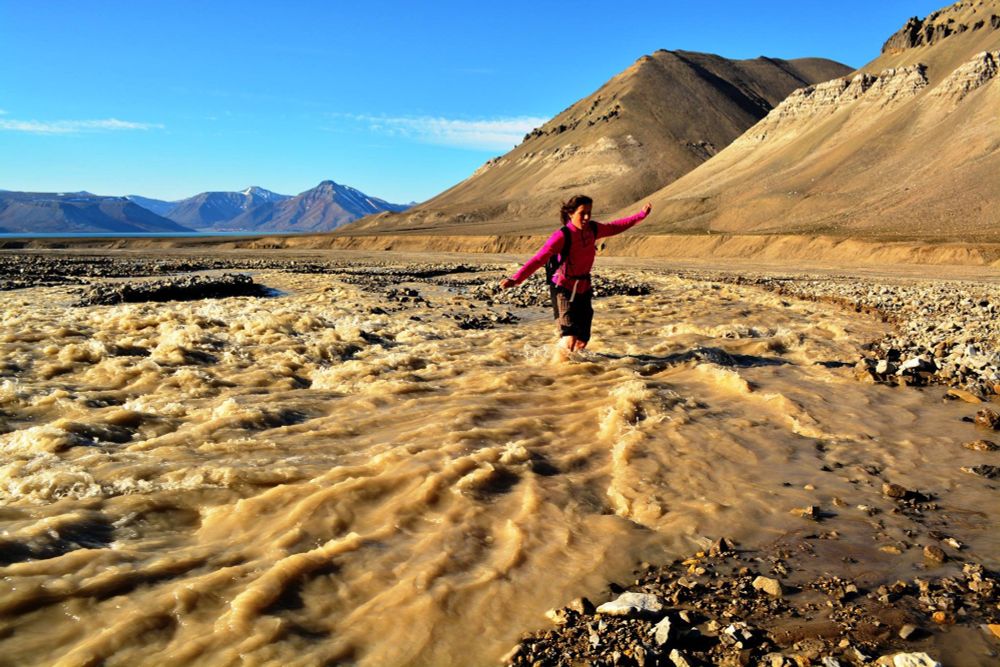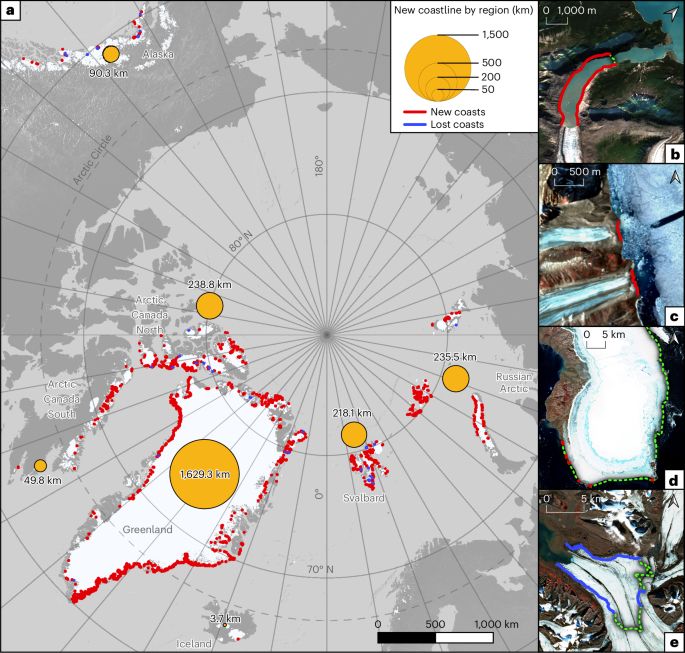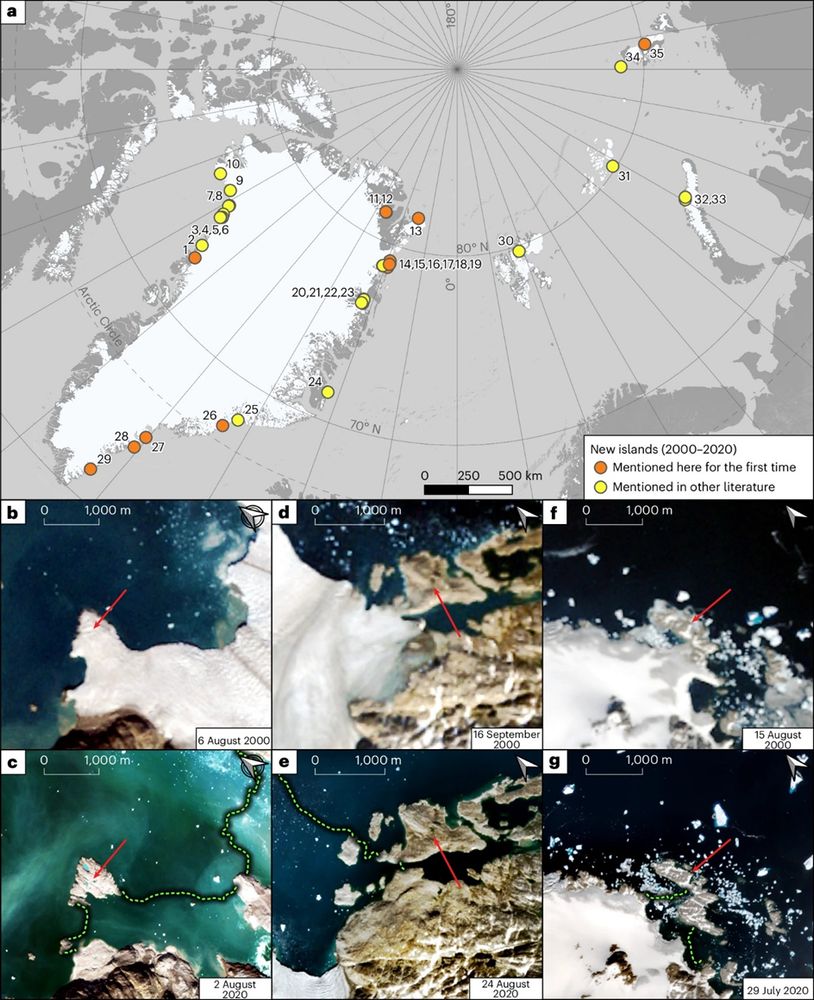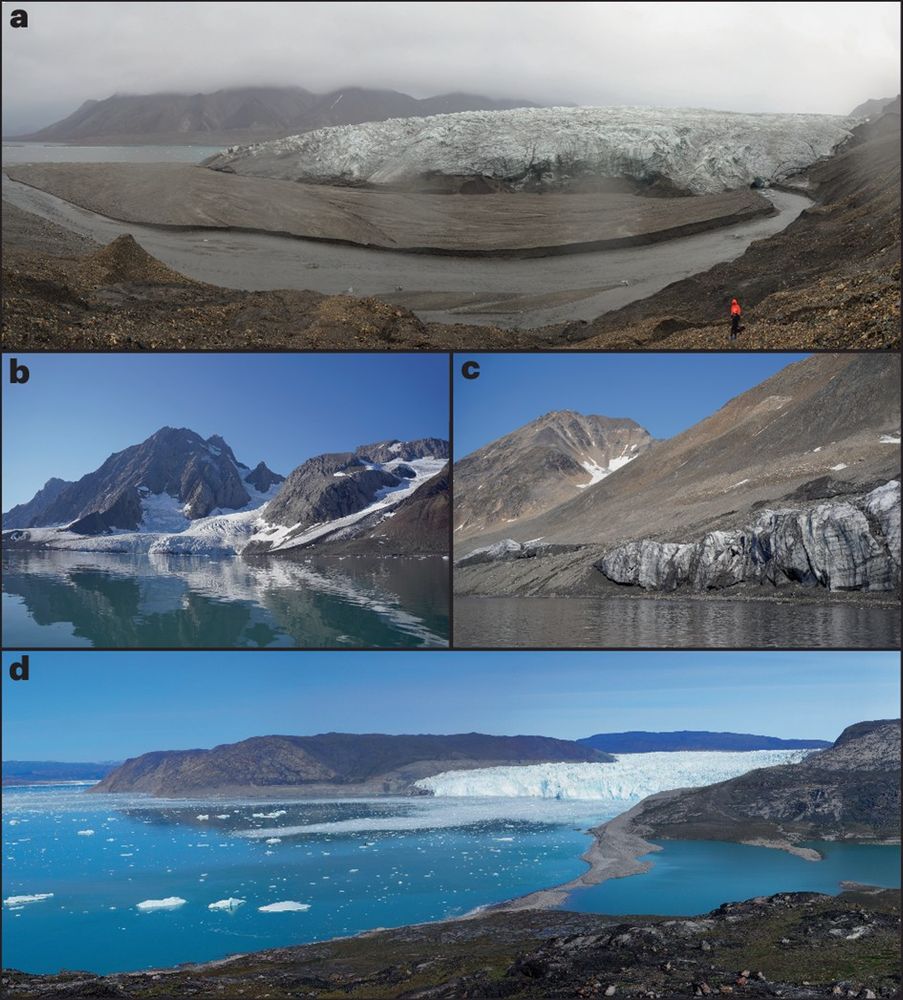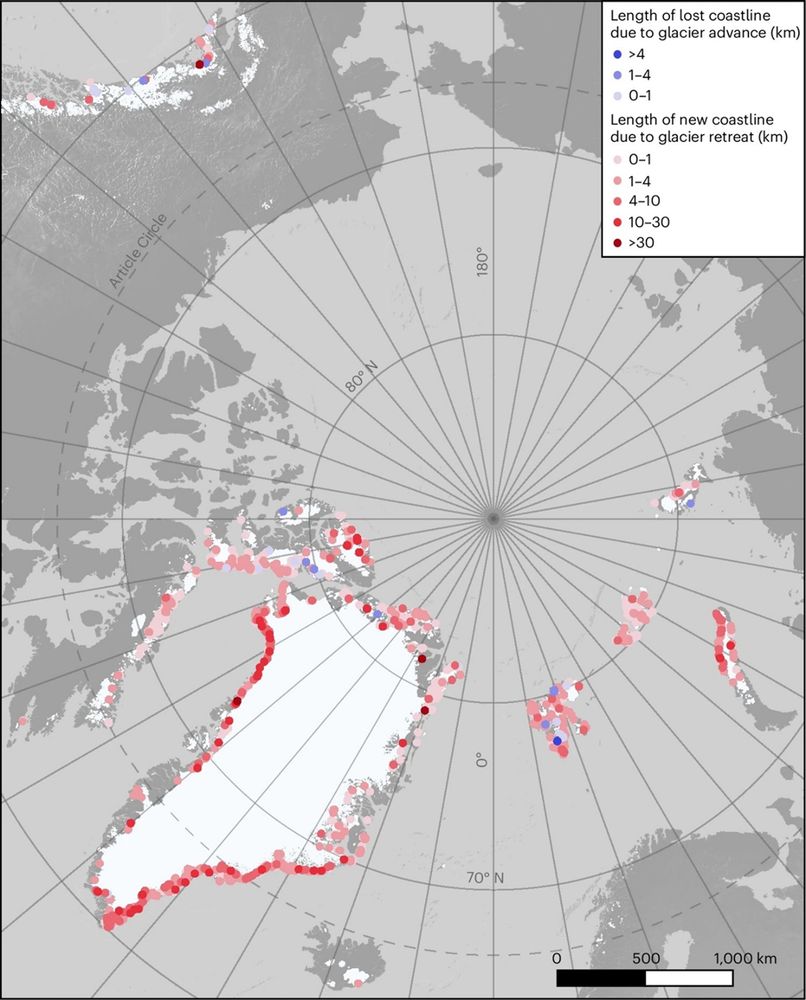Centre for Polar Ecology
@cpecz.bsky.social
41 followers
59 following
34 posts
The Centre for Polar Ecology (CPE) was established in 2013, and its main goal is to conduct and support research in polar ecology at the Faculty of Science at the University of South Bohemia in České Budějovice, Czechia.
Posts
Media
Videos
Starter Packs
Pinned
New Scientist
@newscientist.com
· Mar 24

Greenland has gained over 1600km of new coastline as glaciers retreat
Melting ice is revealing new coastal zones in the Arctic, but while this new landscape might fuel speculation about natural resources, it is vulnerable to rockfalls and landslides that can cause dangerous tsunamis
www.newscientist.com
Reposted by Centre for Polar Ecology
Roger Creel
@rogercreel.bsky.social
· Mar 23

New coasts emerging from the retreat of Northern Hemisphere marine-terminating glaciers in the twenty-first century - Nature Climate Change
As marine-terminating glaciers retreat, they reveal new coastlines in many regions. Here the authors use satellite data to quantify these changes for the Northern Hemisphere, finding that between 2000...
www.nature.com
